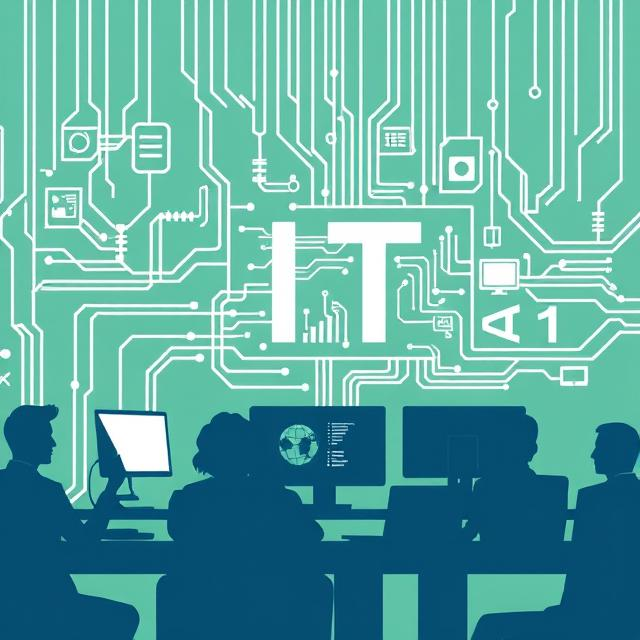The Internet of Things (IoT) is rapidly reshaping how we live and work, and one of the most promising applications of IoT is in the development of smart cities. A smart city uses interconnected devices and sensors to collect and analyze data in real-time, improving city management, reducing costs, and enhancing quality of life for residents.
In a smart city, IoT devices can monitor traffic flow, air quality, energy usage, and more. For example, smart traffic lights can adjust based on real-time traffic data, reducing congestion and improving fuel efficiency. Smart meters can track energy consumption, allowing for better management of resources and promoting sustainability. In addition, IoT-powered waste management systems can optimize collection schedules and reduce waste.
To implement IoT in smart cities, cities must invest in a robust infrastructure that can handle the massive amount of data generated by millions of devices. This includes high-speed networks, cloud computing, and edge computing. Edge computing, in particular, is crucial for real-time decision-making, as it allows data to be processed closer to the source (e.g., sensors or cameras) rather than sending it to a centralized cloud server.
Security and privacy are also key concerns in smart city IoT deployments. With large-scale data collection comes the risk of cyberattacks and data breaches. Smart cities must implement strong cybersecurity measures, such as encryption and access control, to protect sensitive information.
The future of smart cities is promising, with IoT serving as the backbone for more efficient, sustainable, and livable urban environments. As technology continues to evolve, IoT will become increasingly integral to the way cities operate, creating new opportunities for innovation and growth.

Leave a Reply